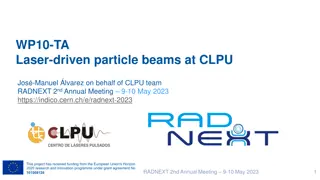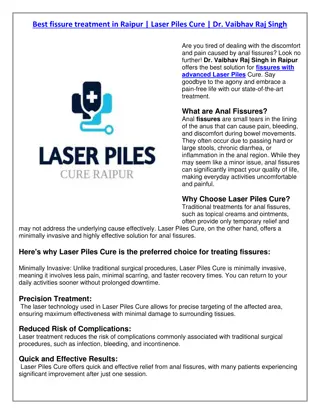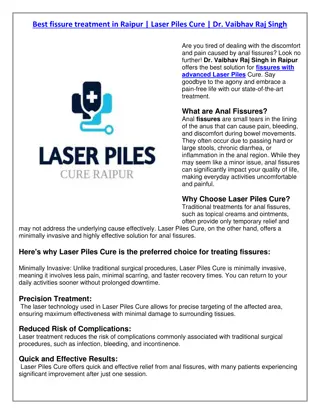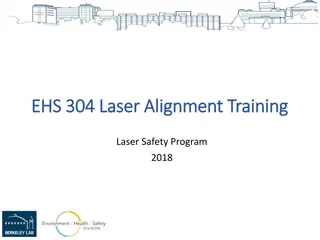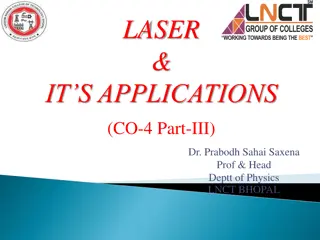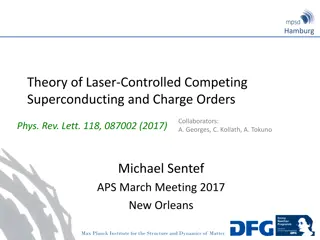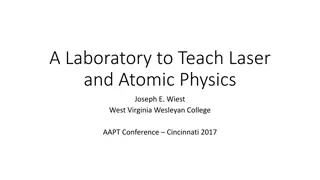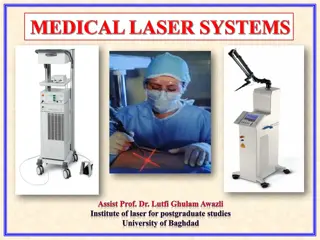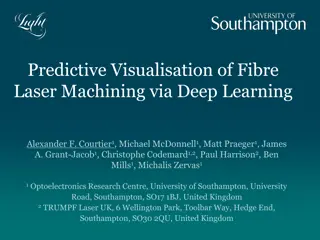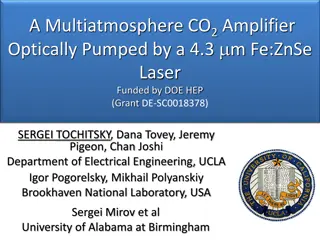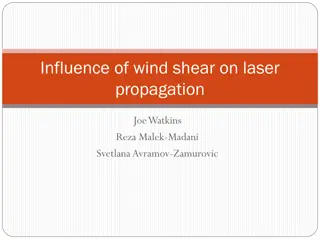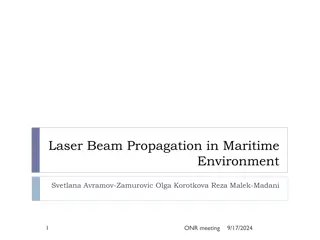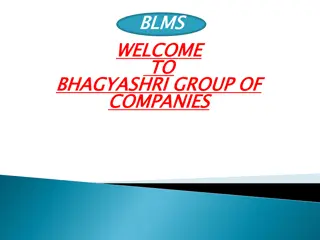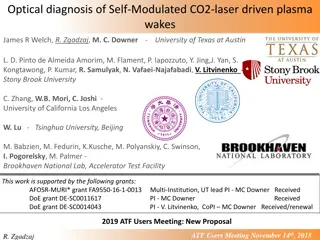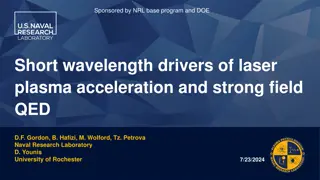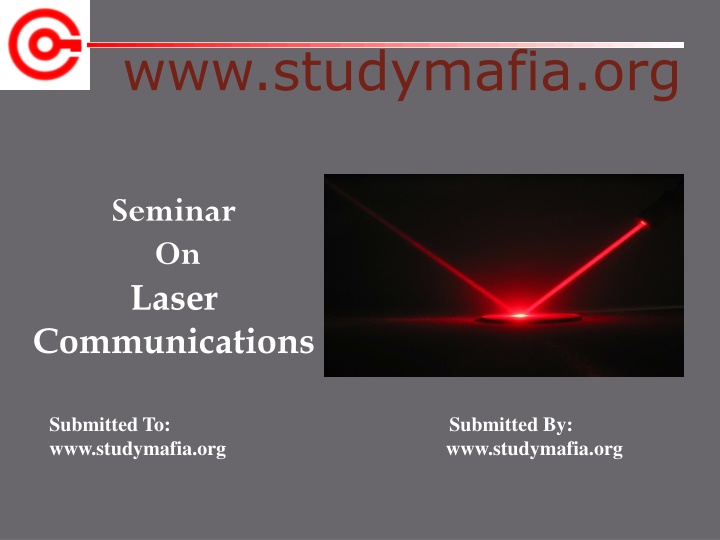
Wireless Laser Communications: How It Works and Applications
Laser communications systems enable wireless connections through the atmosphere, functioning similarly to fiber optic links but transmitting beams through free space. This technology eliminates the need for broadcast rights and buried cables, relying on line-of-sight conditions between transmitter and receiver. Explore the components, advantages, and challenges of one-way laser communication systems in this comprehensive seminar submission.
Download Presentation

Please find below an Image/Link to download the presentation.
The content on the website is provided AS IS for your information and personal use only. It may not be sold, licensed, or shared on other websites without obtaining consent from the author. If you encounter any issues during the download, it is possible that the publisher has removed the file from their server.
You are allowed to download the files provided on this website for personal or commercial use, subject to the condition that they are used lawfully. All files are the property of their respective owners.
The content on the website is provided AS IS for your information and personal use only. It may not be sold, licensed, or shared on other websites without obtaining consent from the author.
E N D
Presentation Transcript
www.studymafia.org Seminar On Laser Communications Submitted To: www.studymafia.org Submitted By: www.studymafia.org
Introduction How does it Work? One-way Laser communication system Application Advantages Disadvantages Conclusion Reference
Laser communications systems are wireless connections through the atmosphere. They work similarly to fiber optic links, except the beam is transmitted through free space. While the transmitter and receiver must require line-of-sight conditions, they have the benefit of eliminating the need for broadcast rights and buried cables.
Optical fiber link Laser Transmitter Receiver Direct Link
The Transmitter involves a signal processing circuit, and a laser. A laser diode is used to create the laser signal. Laser Photodiodes for feedback to insure consistent output. Diodes include
The receiver involves: Telescope( antenna ) Signal processor Detector PIN diodes Avalanche Photo Diodes(APD) Single or multiple detectors
AM Easy with gas lasers, hard with diodes PWM (Pulse Width Modulation) Used by Ramsey in their kit PFM (Pulsed FM) Potentially the highest bandwidth (>100kHz)
Transmitter Maximum output power Minimum divergence Receiver Maximum lens area Clarity Tight focus on detector
Sun shade over detector Shade in front of lens Detector spectral response Colored filters Absorb ~50% of available light Difficult to find exact frequency
Mounts and stands need only be as accurate as beam divergence Good laser diodes will be 1-2mR (milliRadian) A 32 pitch screw at the end of a 2' mount will yield 1mR per revolution. Since quarter turns (even eighth turns) are possible, this is more than accurate enough Higher thread pitches allow shorter mounts which may be more stable (against wind, vibration, wires) 1mR is 1.5' of divergence every 1000', 3' at 2000 ', etc.
GPS and Compass Scopes and Binoculars Strobe lights, large handheld floods, headlights HTs to yell when laser light is seen at remote location
Transmit voice for miles line-of-sight Use weak signal modes for ?cloud scatter? Transmit video with cheap pens Transmit high speed data without WEP Blind flies for easy extermination
Ease of deployment Can be used to power devices License-free long-range operation (in contrast with radio communication) High bit rates Low bit error rates Immunity to electromagnetic interference Full duplex operation Protocol transparency Increased security when working with narrow beam(s)[citation needed] No Fresnel zone necessary
For terrestrial applications, the principal limiting factors are: Beam dispersion Atmospheric absorption Rain Fog (10..~100 dB/km attenuation) Snow Scintillation Interference from background light sources (including the Sun) Shadowing Pointing stability in wind Pollution / smog
Laser communications offers a viable alternative to RF communications for inter satellite links and other applications where high-performance links are a necessity. High data rate, small antenna size, narrow beam divergence, and a narrow field of view are characteristics of laser communications that offer a number of potential advantages forsystem design.
www.studymafia.org www.google.com www.wikipedia.com

